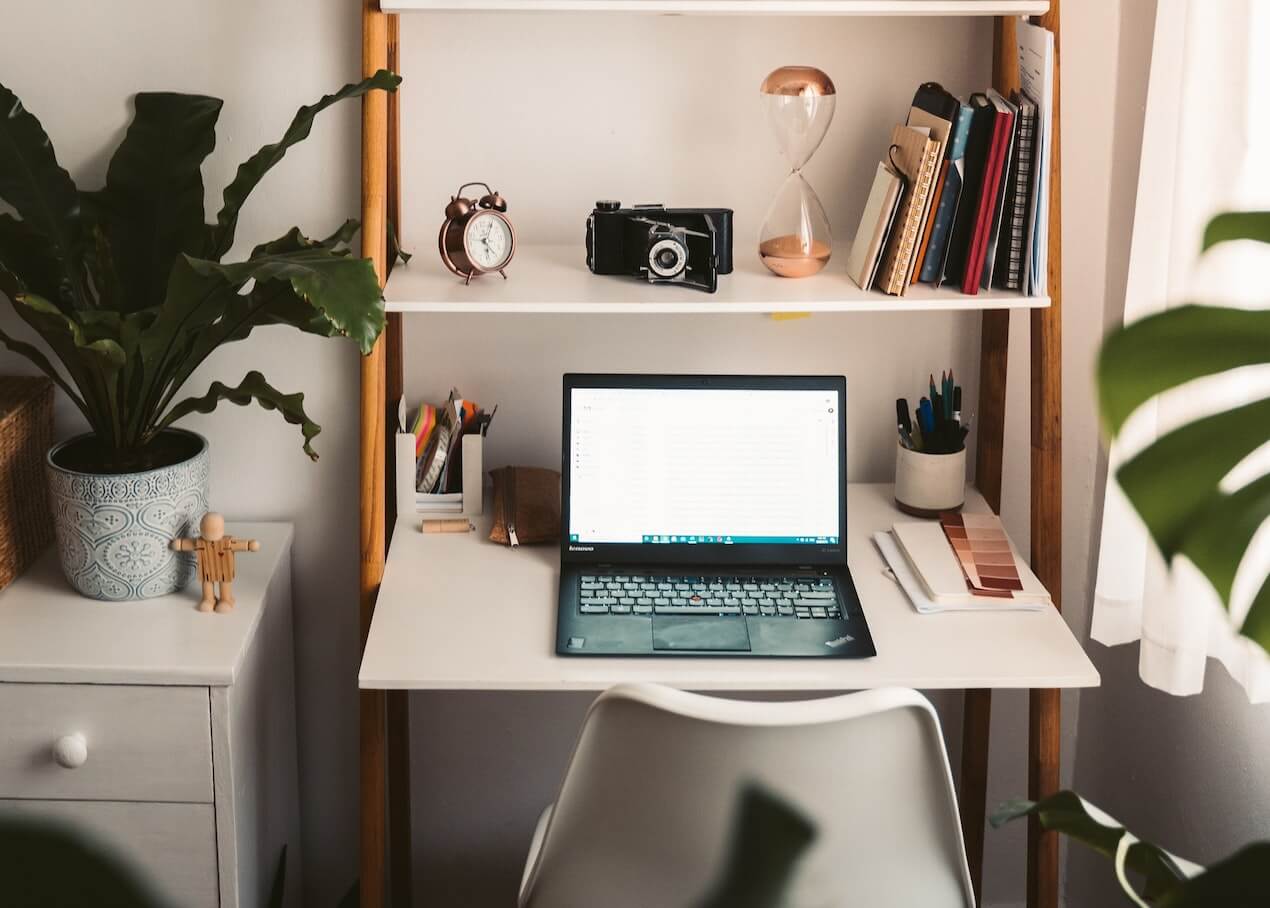Schedule a talk with one of our advisors to learn more about Summitry and how we can help you get a foothold on your financial life.
Team
Insights
Pages
- Let's Talk
- Phone / Directions
Home Office Deduction 2020? To be, or not to be.
Mar 30, 2021

Many of us spent the majority of 2020 working from home. For some, it was business as usual, but for many those home office spaces were created and negotiated between family members. And now you’re wondering if you are due a tax deduction.
It’s a question of eligibility
Are you self-employed or a W2 employee?
Whether you were self-employed for the entire year or just a few months between jobs, you may be eligible to deduct home office expenses from your business income – but you will need to include a Schedule C and Form 8829 with your taxes to report profit or loss from your business.
Prior to 2018, employees who were working from home at the direction of their employer could claim a home office deduction as a miscellaneous itemized deduction. Since the Tax Cut and Jobs Act eliminated the miscellaneous itemized deduction for 2018 – 2026, home office expenses are no longer deductible for W2 employees.
Are you and your home office exclusive?
Your home office space must be a dedicated space located in or on your residential property to be eligible for the deduction. Meaning, yes, it can be your barn or greenhouse, as long as the space was being used exclusively to conduct business during the period you’re reporting, and you were not sharing the space with sheep or spring seedlings. Your dining room table or kids’ playroom does not qualify either if you continued to share meals or watched puppet shows from the same room.
Your home office space must also be your primary place of business. This is where you meet clients, customers, or patients, (virtually counts). Even if you conduct your business outside of the home (like a painter or realtor), but you regularly use your home office space to do bookkeeping, billing, or other administrative work, it qualifies.
What’s deductible?
If you’ve cleared the previous two hurdles, you’re ready to determine the deduction. There are two methods you can use to deduct home office expenses:
1. “Regular Method” aka, actual costs. You can deduct a portion of your mortgage interest, property tax, homeowners insurance, utilities, gardening, house cleaning, repairs, etc. This method takes serious receipt tracking and is based on the percentage of space your home office occupies.
2. “Simplified method” is calculated at a rate of $5 per square foot of the space you dedicate as your home office. This method makes recordkeeping less intense, but will likely be less than the actual itemized expenses.
Which method you choose is up to you and you can change from year to year. Consult with your financial advisor or CPA to help determine which may yield the best results.
Tax planning should not be a once-a-year consideration. Having an ongoing conversation with your Certified Financial Planner™, you can create a tax strategy that helps optimize your deductions and avoid tax bill surprises. Watch our Tax Planning Webinar for more insights or reach out to us to start a new conversation.
All material of opinion reflects the judgment of Adviser at this time and are subject to change. This material is not intended as an offer or solicitation to buy, hold, or sell any financial instrument or investment advisory services.
GET THE NEXT SUMMITRY POST IN YOUR INBOX:
MORE INSIGHTS AND RESOURCES
Let's talk
Schedule a talk with one of our advisors to learn more about Summitry and how we can help you chart a path for your financial future.

Alex Katz
Chief Growth Officer


